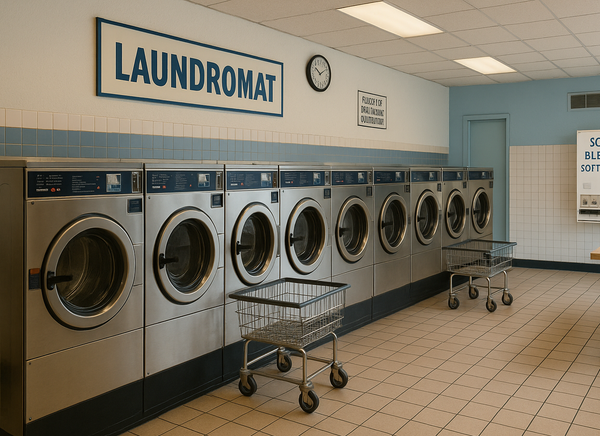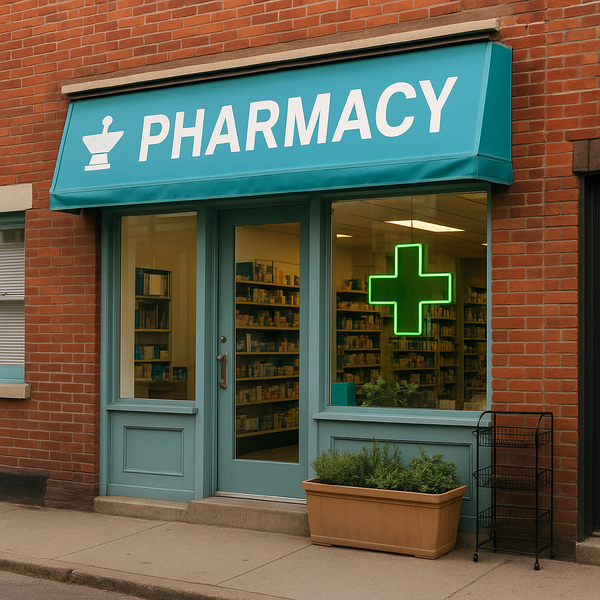What NYC Condo & Co-op Boards Need to Know About Local Law 11 (FISP) How Compliance Impacts Insurance, Costs, and Public Safety

If you’re on the board of a New York City condo or co-op building that’s taller than six stories, Local Law 11, also known as the Façade Inspection & Safety Program (FISP), should be top of mind. This regulation, administered by the NYC Department of Buildings (DOB), requires buildings to undergo a professional façade inspection every five years to ensure they are structurally safe and free from dangerous conditions—like loose bricks or cracked parapets—that could pose risks to pedestrians and residents alike.
Why It Matters for Condo and Co-op Board Members
As a board member, you hold fiduciary and legal responsibilities to maintain the building’s physical and financial health. Local Law 11 is not just a compliance item—it’s a critical factor that can impact:
- Resident safety
- Building reputation
- Property values
- Insurance premiums and eligibility
Ignoring or delaying compliance can lead to serious financial consequences and liability exposure. Buildings with outstanding Local Law 11 violations may struggle to secure or renew insurance, or may face significantly higher premiums due to perceived risk.
Step-by-Step Guide to Local Law 11 Compliance
Here’s how the process typically unfolds:
Step 1: Preparation and Scheduling
The building owner or board must hire a Qualified Exterior Wall Inspector (QEWI)—a licensed architect or engineer—to perform the inspection. It’s essential to plan early, especially in busy cycles, to avoid delays. The building’s residents should also be notified in advance about possible scaffolding, equipment, or temporary disruptions.
Step 2: Initial Inspection and Assessment
The inspector examines all exterior elements—walls, balconies, fire escapes, cornices, parapets, and more—for damage or deterioration. Depending on height and complexity, the QEWI may use ladders or swing stages to access upper levels.
Step 3: Documentation and Reporting
The inspector files a FISP report categorizing the building as:
- Safe
- Safe with a Repair and Maintenance Program (SWARMP)
- Unsafe
This report is filed with the DOB and shared with the building owner or board.
Step 4: Corrective Action
If the building is classified as Unsafe or SWARMP, repairs must be made within a set timeframe. This could involve:
- Repointing brickwork
- Replacing loose cladding
- Reinforcing deteriorated sections
Once repairs are complete, a follow-up report is submitted confirming that the building is now safe.
Step 5: Final Review and Compliance
The DOB reviews the report and either accepts the inspection or requests additional information. Once approved, your building is marked as compliant—until the next five-year cycle.
What If You Fail a Local Law 11 Inspection?
Buildings that fail inspection must take immediate corrective action. Delays in repairs can lead to:
- Hefty fines
- DOB violations
- Public safety hazards
- Insurance issues
It's crucial to work with licensed professionals and submit your amended report within 60 days to avoid escalating penalties.
How Does This Affect Insurance?
Insurance carriers are increasingly paying attention to Local Law 11 compliance. Here’s how it can impact your policy:
Negative Ramifications of Non-Compliance
- Higher premiums
- Limited coverage options
- Difficulty renewing or binding policies
- Denial of claims related to façade failures
Positive Impact of Proactive Compliance
- Eligibility for preferred carriers
- Access to broader coverage
- Potential premium discounts
- Lower deductibles for property coverage
Working With an Insurance Broker Can Make a Big Difference
Partnering with a knowledgeable insurance broker is one of the most effective ways to manage your building’s risk profile and reduce premium costs. A broker can:
- Help you navigate the complexities of Local Law 11 from an insurance perspective
- Review your current policies to identify coverage gaps or unnecessary costs
- Refer you to trusted architects, engineers, and construction firms experienced in FISP compliance
- Advocate for better terms with underwriters by demonstrating proactive compliance and maintenance records
Having an expert in your corner can streamline the process and ensure your building stays protected—legally, structurally, and financially.
Can Façade Upgrades Lower Insurance Premiums?
Yes—strategic upgrades can improve your building’s risk profile and result in better insurance terms. Examples include:
- Installing façade monitoring systems
- Replacing aging masonry with safer materials
- Proactive tuck-pointing or cladding replacement
- Implementing a long-term capital improvement plan
Communicate with your broker regularly to review inspection records, violations, and repair timelines. Being proactive pays off—literally.
Final Thoughts
Local Law 11 is more than a regulatory burden—it’s a crucial safeguard for New Yorkers. For board members, understanding the stakes and managing inspections and repairs proactively can save lives, preserve property values, and reduce long-term financial risk.
If you haven’t scheduled your building’s inspection—or if you’re unsure of your compliance status—now’s the time to act.
And don’t go it alone—connect with an experienced insurance broker who can help you plan, comply, and save.



